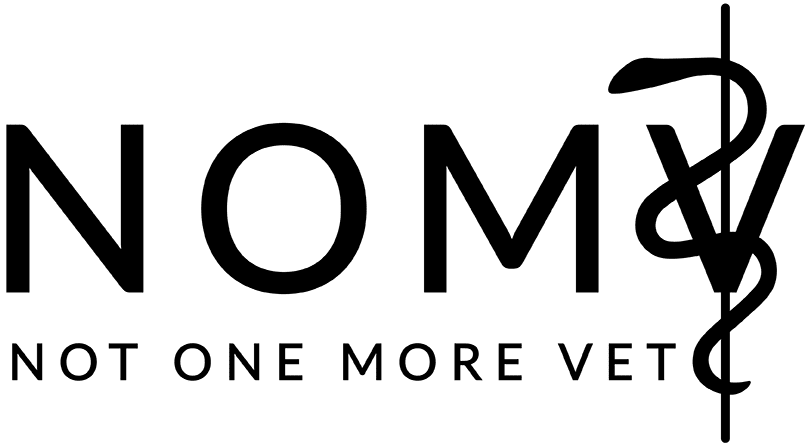Part 2: Behind the Scenes – What Site Visits Reveal About Clinic Culture
Blog Series: Choosing Your First Practice – A Guide for New Veterinary Graduates
Part 2: Behind the Scenes – What Site Visits Reveal About Clinic Culture
By Noel Salazar, CVPM, NOMV Education Volunteer
On-Site Visits
The value of an on-site visit cannot be overstated. This experience offers you valuable insights into the clinic that are often difficult to obtain through other means. It is your chance to evaluate the clinic’s culture and personality, observe the flow of operations, and experience in real-time what a typical shift may be like for you.
There are many aspects to consider, including both desirable traits and potential red flags. It is important to note that site visits may vary in format. Some employers may refer to this as an “observational interview” or a “working interview.” In some cases, they may even offer you a paid shift that involves patient care. However, keep in mind the main goal: this visit should be strictly observational, with no involvement in patient care or a caseload. Your purpose is to observe the non-clinical components of the site and the interactions among the staff.

What to Look For During a Site Visit:
When observing staff interactions, it is essential to pay attention to how communication occurs between the veterinarians and the support staff.
- Examine the condition of the facility.
- Staffing is a crucial factor that will regularly affect your work.
- Culture and “clinic personality” play a vital role in your overall fulfillment and happiness.
- Consider spending time with the reception staff.
Above all, trust your instincts.
Workspaces
Considering workspaces may seem trivial, but they can significantly impact your ability to perform effectively in your new role. On particularly challenging shifts, these small details can be the difference between managing burdensome tasks successfully and struggling with them. While these factors are not deal breakers on their own, they should be taken into account, especially when everything else is equal.
What to Look For in a Workspace:
- A suitable workspace should be located away from the clinic floor and free from distractions.
- An ideal workspace should include a personalized workstation.
- Time will soon become a precious resource for you, so it is essential to identify any barriers that may detract from your efficiency.
- Seek out progressive technology in your work environment.
Sources:
American Veterinary Medical Association. (2022). Chart of the month: New veterinarians prioritize mentorship. https://www.avma.org/blog/chart-month-new-veterinarians-prioritize-mentorship
Veterinary Hospital Managers Association. (2024). Insider insights: Management trends (July 2024, p. 1). VHMA.
(Use this format since it’s a PDF report without individual authors.)
Firestone, P. (2019). The stress equation: Only two ways to manage stress. Psychology Today. https://www.psychologytoday.com/us/blog/what-matters-most/201906/the-stress-equation-only-two-ways-manage-stress
Recent Posts
About Us
NOMV addresses well-being in the veterinary medical community through evidence driven programming that raises awareness on mental health in the community while providing innovative prevention and intervention programming.
